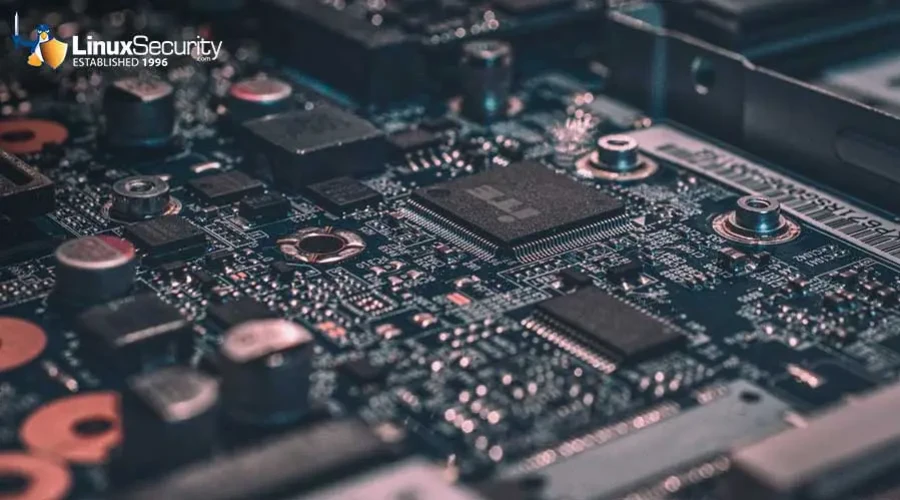Bootloader Bug Threatens Linux Distros Supporting Secure Boot

A critical vulnerability in the Shim program, which is used in Linux distributions that support secure boot. The bug, CVE-2023-40547, allows an attacker to execute remote code, potentially resulting in complete system compromise.
Despite being disclosed by Red Hat, the maintainers of Shim, the bug has largely flown under the radar. The vulnerability can be exploited through a man-in-the-middle attack or by manipulating the boot order. This flaw affects various Linux distributions, including Ubuntu, Debian, Rocky Linux, AlmaLinux, OpenSuse, SUSE, and Oracle Linux.
How Does This Flaw Impact My Linux Systems?
 This vulnerability is a wake-up call for Linux admins, infosec professionals, internet security enthusiasts, and sysadmins. It underscores the urgent need for vigilance and constant evaluation of the security of open-source platforms like Linux.
This vulnerability is a wake-up call for Linux admins, infosec professionals, internet security enthusiasts, and sysadmins. It underscores the urgent need for vigilance and constant evaluation of the security of open-source platforms like Linux.
According to IT News, "This flaw allows an attacker to craft a specific malicious HTTP request, leading to a completely controlled out-of-bounds write primitive and complete system compromise." These words paint a vivid picture of how dangerous this bug can be and serve as a cautionary tale to security practitioners.
Ars Technica reports that this vulnerability can be exploited by:
- Compromising a server or performing a man-in-the-middle impersonation of it to target a device that’s already configured to boot using HTTP.
- Having physical access to a device or gaining administrative control by exploiting another flaw.
This suggests that not only network security but also physical security is crucial to protecting systems against such vulnerabilities. This opens up broader discussions about the importance of securing physical infrastructure and the potential impact of compromised boot processes.
What Are The Implications of This Flaw & How Can I Mitigate My Risk?
The implications of this vulnerability are far-reaching. While Red Hat has provided a fix, the bug affects any Linux distribution that utilizes the Shim program. This means that Linux admins across different distributions must act swiftly to patch their systems and ensure the integrity of their secure boot processes. Failure to do so could lead to a complete system compromise and unauthorized access.
Additionally, this vulnerability raises questions about the overall security of secure boot processes. How can we be confident that other similar vulnerabilities do not exist? Are there robust testing mechanisms in place to identify and patch such bugs? These questions carry long-term consequences for the trust and reliability of secure boot implementations in Linux distributions.
It is crucial to stay informed about such vulnerabilities and take immediate action to safeguard systems. Linux admins must proactively monitor security advisories and deploy patches promptly. Infosec professionals should assess the impact of this bug on their organization's infrastructure and implement necessary safeguards. Internet security enthusiasts and sysadmins must stay up-to-date with the latest developments in Linux security and foster an environment of constant learning and improvement.
Our Final Thoughts on the Implications of This Vulnerability
In conclusion, the article sheds light on a critical bootloader bug in Linux distributions that support secure boot. It is a reminder of the ongoing battle between security and malicious actors, urging Linux admins and security practitioners to remain vigilant and proactive in protecting their systems. The implications of this vulnerability go beyond a single bug, raising questions about the overall security of secure boot processes and the measures in place to ensure their integrity. It is a call to action to prioritize security, patch vulnerabilities promptly, and constantly evaluate the robustness of your Linux systems.






















